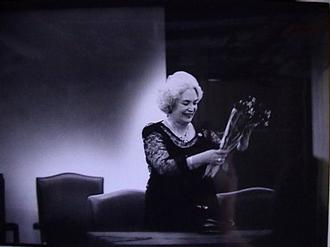The Puerto Rican Government, under the auspices of the Authority for Electrical Energy, has fast-tracked a trans-island natural gas pipeline. The project is called Via Verde (The Green Way, in English). The pipeline will be 146 km long and rest on a 100 foot wide corridor. The proposed route cuts through a number of forest ecosystems and protected habitat, and threatens to displace hundreds of residents. This is essentially being done by decree, using Eminent Domian laws (as in Kelo v. City of New London). The damage will be major, as the attached evaluation shows.
Casa Pueblo of Adjuntas, Puerto Rico, is a community organization at the forefront of a growing popular movement to oppose the pipeline. The organization has a history of popular direct action beginning in the 1970’s when they led an island-wide movement opposing, and preventing, strip-mining in the region by Alcoa and other mining multinationals.
The Puerto Rican government claims the pipeline will reduce costs to the consumer but this has been challenged by University of Puerto Rico studies, as outlined in the attached. The plant that is to supply the natural gas was owned by Enron before it went bankrupt. This is significant because a pattern of monopoly control over the power grid is shaping up reminiscent of the situation in the 2000-2001 California Electrical Crisis.
The attached document (Spanish and English translated versions) also makes a powerful argument for a public policy in Puerto Rico promoting renewable photovoltaic energy and energy conservation. This is a well-researched plan with attainable goals. It would also make the pipeline redundant.
Please read the attached. It is 6 pages long, and we are working on a more stream-lined press release, but this evaluation contains the full scientific and economic arguments. I will send some recent press in Spanish and English. Here is a link to one article in Spanish. http://www.elnuevodia.com/uncrimenambientalelgasoducto-761375.html We are just getting started, but time is of the essence here. As in previous cases, the government and the multinational corporations with vested interests would like to ramrod this through with shock and awe techniques before we can mount a popular defense.
I urge you to look closely at this crisis situation and make efforts to report on and raise awareness about it. Please circulate this and help us get the word out. We need to put the spotlight on this environmental disaster in the making called Via Verde.
Please visit www.casapueblo.org or contact me for more info. I am in the process of building a dedicated page for information updates.
Thank you,
Alex Wolfe




